This Week in History recalls memorable and decisive events and personalities of the past.
18th April 1783 – Three-Fifths Compromise: The first instance of black slaves in the United States of America being counted as three fifths of persons (for the purpose of taxation), in a resolution of the Congress of the Confederation. This was later adopted in the 1787 Constitution
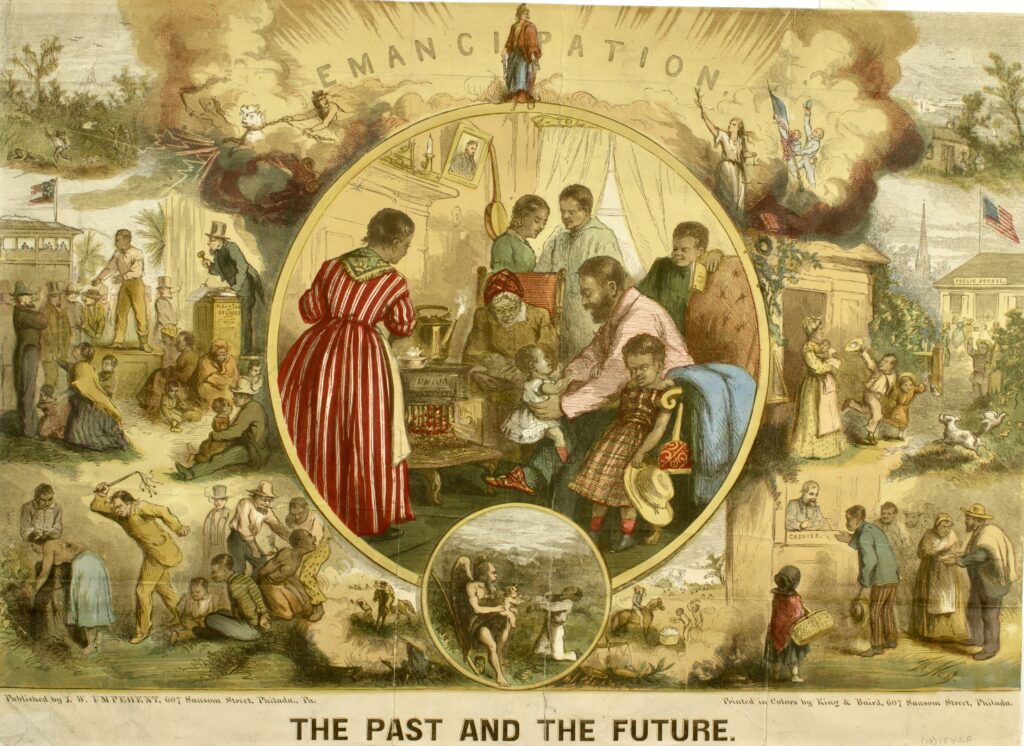
Coloured lithograph of Thomas Nast’s 1863 woodblock etching Emancipation: The Past and the Future (Library Company of Philadelphia). Originally published in Harper’s weekly, January 24, 1863. [Digitized by Alexander Street Press, https://commons.wikimedia.org/w/index.php?curid=136541579]
The ‘Three-Fifths Compromise’ is often referenced in discussions of slavery in the United States but is poorly understood by many non-historians. Some view it is an inherent bias against black Americans included in the US Constitution; the reality was more complex.
From its birth as an independent nation, the United States was divided by the views of its states on slavery.
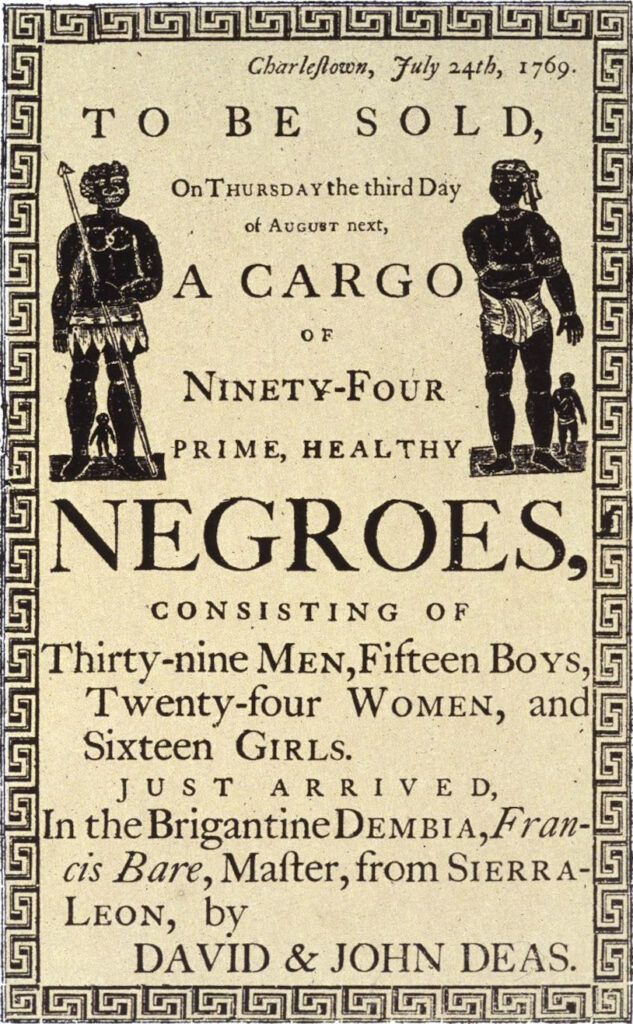
Reproduction of a handbill advertising a slave auction, in Charleston, South Carolina, in 1769
Slavery came to represent not just a difference in the moral worldview of the Northern and Southern states but affected everything from their culture to their economic development and way of life. Northern states would limit or abolish slavery shortly after independence from Britain, while Southern states entrenched it at the centre of their societies.
The Northern states were dominated by religious groups such as the Quakers, and by smallhold farmers, and industrialists. It was less racially diverse, became more urban, and would quickly develop economically.
The South by comparison was controlled by an almost feudal aristocracy of wealthy plantation owners who owned vast numbers of slaves and employed large numbers of poor white managers to control their slaves.

Scars of a whipped enslaved man from Mississippi. Photograph taken on 2 April 1863, Baton Rouge, Louisiana. The original caption read: ‘”Overseer Artayou Carrier whipped me. I was two months in bed sore from the whipping. My master come after I was whipped; he discharged the overseer.” The very words of poor Peter, taken as he sat for his picture.‘
Their economy would be focused on cash crops produced by these plantations, of which − after the invention of the Cotton Gin in 1793 − cotton would become the most important.
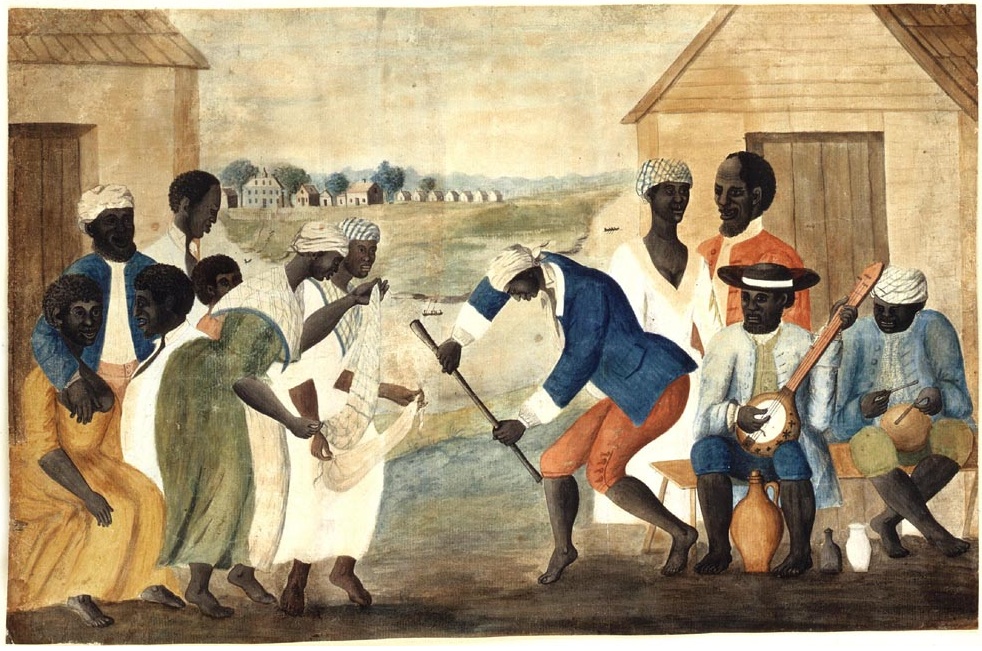
The Old Plantation, watercolor attributed to John Rose, possibly painted 1785–1795 in the Beaufort District of South Carolina (Abby Aldrich Rockefeller Folk Art Museum)
This slave economy would hinder the economic development of the South, so much that to this day the former slave states remain economically less developed than the northern states, although this trend has been reversing in recent decades.
Slavery came to define not just a system of owning human beings, but defined society for slave owners and non-slave owners alike. While relatively few Southerners owned slaves, it became a defining part of Southern identity.
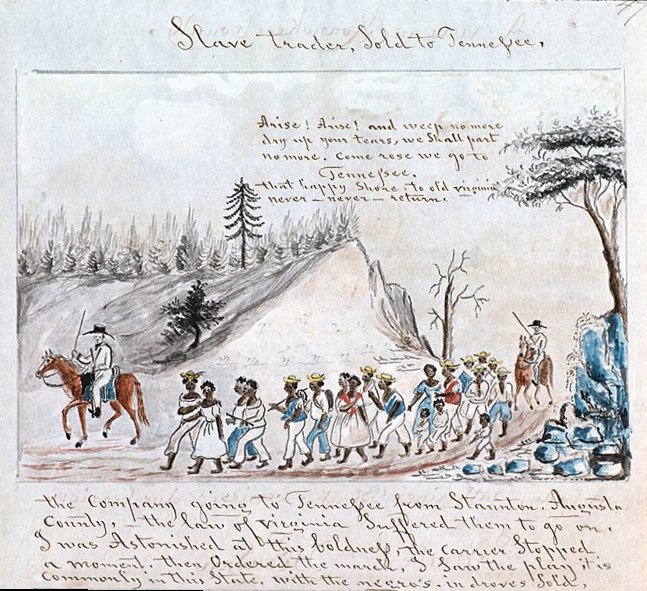
A coffle of slaves being driven on foot from Staunton, Virginia, to Tennessee in 1850
Racial categorisation and division were also entrenched by slavery, as in the past slavery had largely been seen as acceptable because the slaves from Africa were so culturally and religiously different from Christian Europeans.
In the South, however, this became less and less the case as the slaves assimilated into Southern culture and became Christians, a trend accelerated by the banning of the import of new slaves from Africa into the US in 1808.
New excuses were needed to justify the slavery of fellow Christians and so slave owners turned to the newly emerging theory of biological racism. This allowed slave holders to claim that the system was ultimately beneficial to black Americans, as they were less developed than white people and so slavery was needed to integrate them into society and ‘civilise’ them.
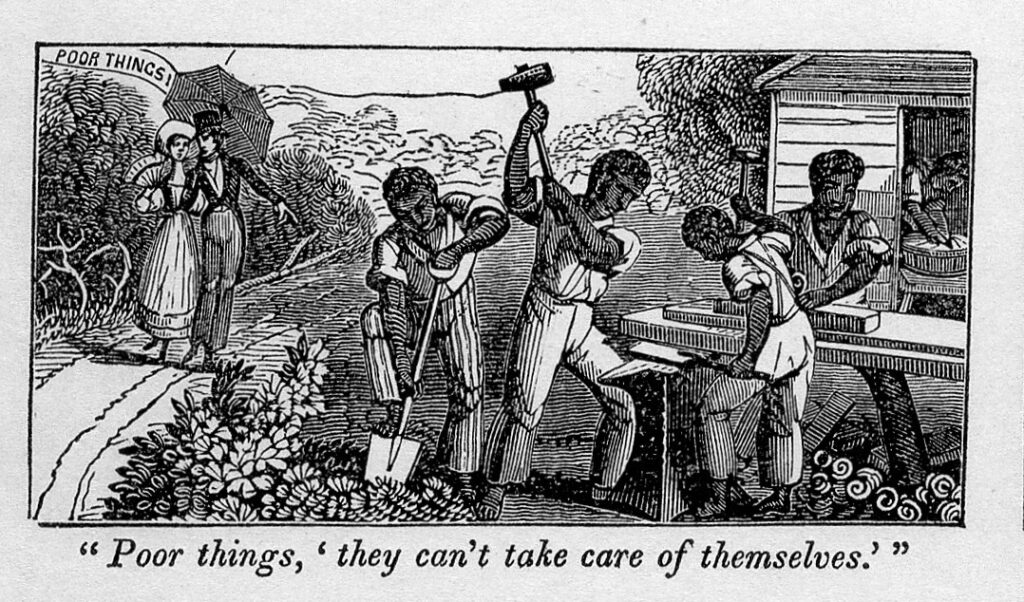
One of the many defences of American slavery was that the imagined “benevolent paternalism” of planters was beneficial or necessary[67][68][69] (Detail, Anti-Slavery Almanac, 1840)
Furthermore, it argued that as the differences between white and black were so enormous and inherent, slavery would be needed in perpetuity.
While at the time of independence there was a small group of free black Americans who were considered equal citizens, the rising power of racism saw these people reduced to second-class citizens and most would either flee into the Northern states or leave the country.
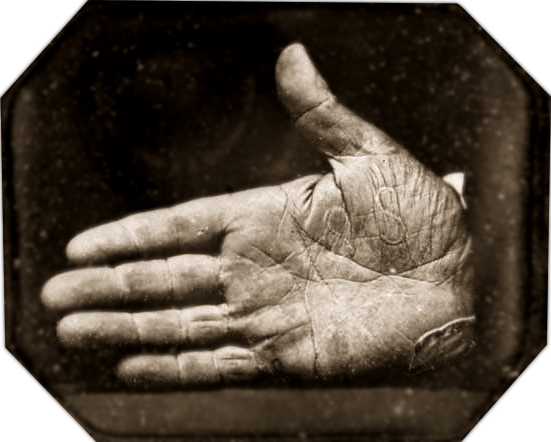
This Daguerreotype was taken in August 1845, of the hand of Captain Jonathan Walker as branded by the US Marshall of the District of Florida for having helped seven men to obtain ‘Life Liberty, and Happiness.’
The division between slave states and free states would come to define the politics of the new United States, until the resolution of the conflict in the American Civil War, which definitively ended the debate in favour of the free states.
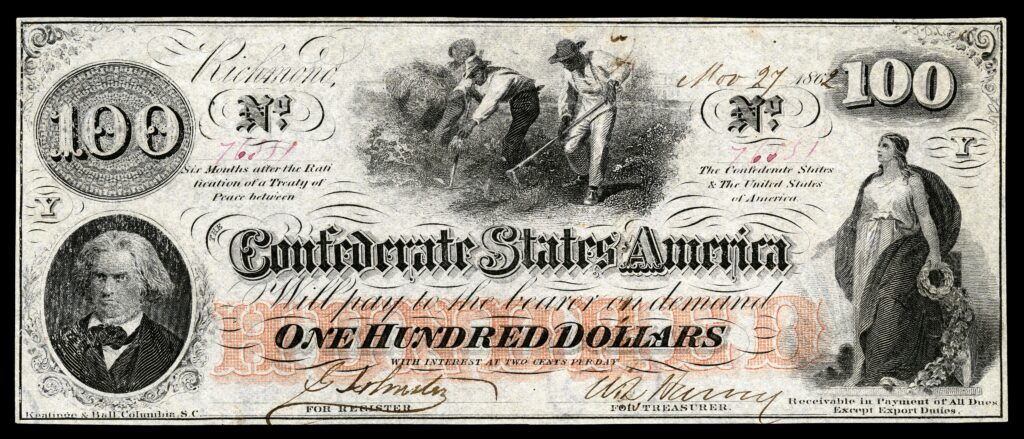
Confederate $100 bill, 1862–63, showing slaves farming; there were over 125 carefully wrought etchings of laboring slaves made for currency issued by 19th-century Southern banks and the Confederate States, images that provided reassurance that slavery ‘was protected both by law and by tradition’. In 1860, Southern slaveholders held slaves as personal property collectively valued at more than $3 billion (about $97 billion in 2022) (National Numismatic Collection, National Museum of American History)
As the United States expanded, the North and South would compromise on the addition of new sates by adding one slave state for each free state. The election of Abraham Lincon in 1861 would drive the South to secede as the Southern states realised that a man could be elected president without the support of any Southern state.
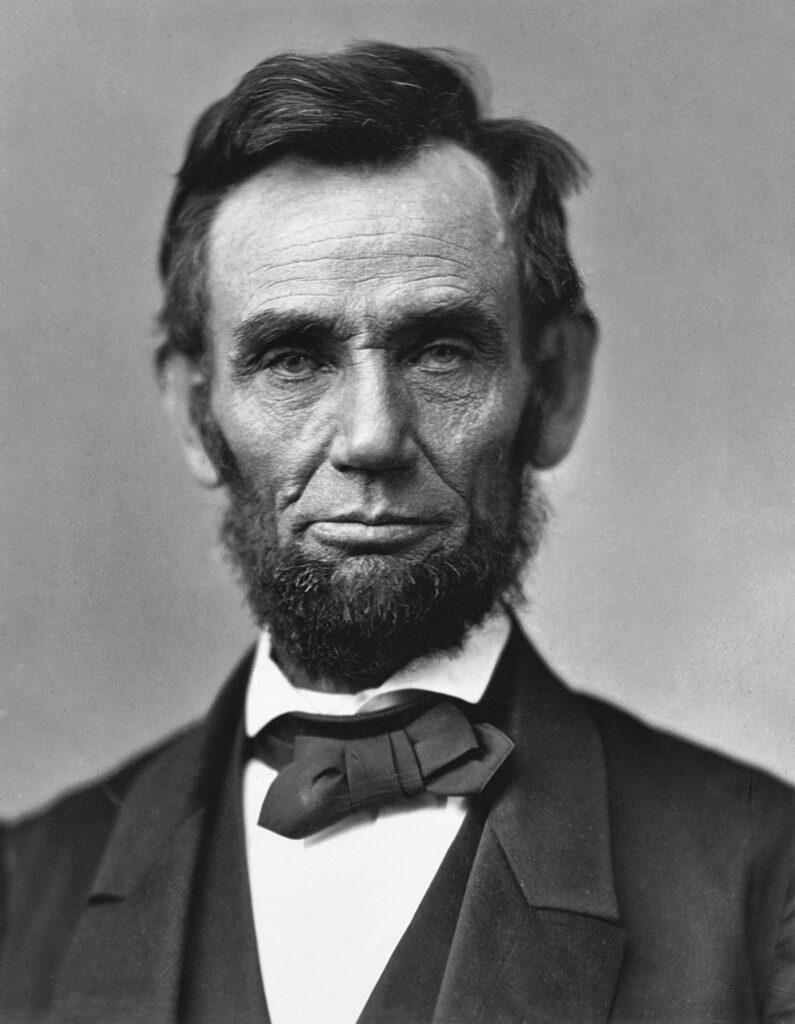
Abraham Lincoln, photographed by Alexander Gardner on 8 November 1863, eleven days before his famed Gettysburg Address
The society created by slavery would continue in many respects in the Southern states after the failure of the Reconstruction programme through the racist ‘Jim Crow’ laws until the 1960s.
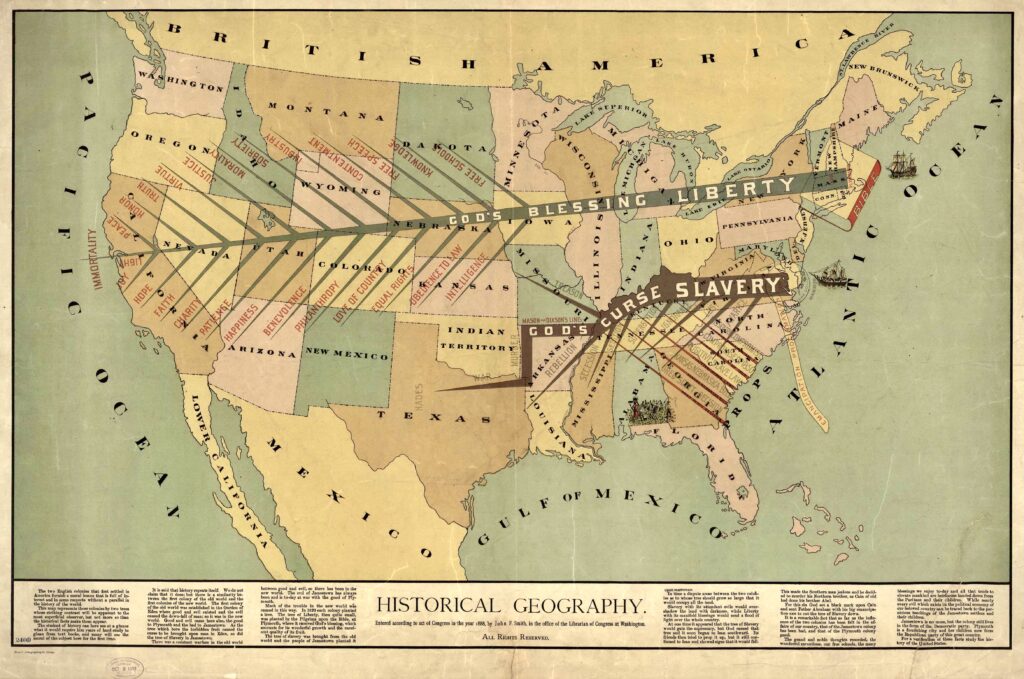
Arguments for and against slavery caused ongoing conflict during the first 89 years of the United States (Historical Geography, John J. Smith, 1888)
The divisions which slavery would cause were evident from the beginning; during the negotiations for the US Constitution during the 1780s there was significant debate as to the role that slavery would play in the new United States.
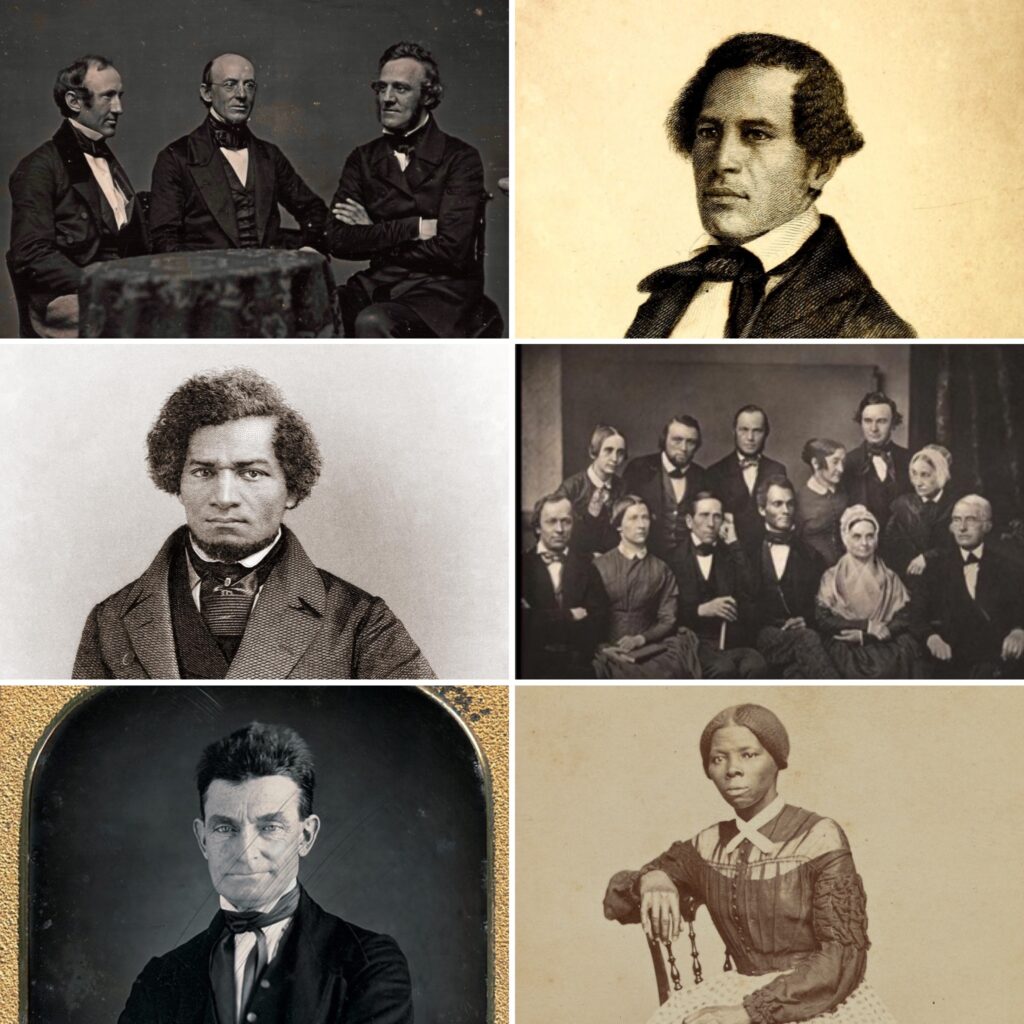
Some 19th-century American abolitionists: Wendell Phillips and William Lloyd Garrison (with British abolitionist George Thompson), William Wells Brown, Frederick Douglass, 1851 meeting of the Pennsylvania Abolition Society (including Oliver Johnson, Mary Grew, Robert Purvis, and Lucretia Mott), John Brown, and Harriet Tubman [Jengod, https://commons.wikimedia.org/w/index.php?curid=136343117]
At first there were ideas that the states should pay taxes to the federal government based on their population. Northerners in this instance supported the counting of slaves as people who were fully the same as free people, as this would increase the tax burden on the Southern states. The Southern states would argue that as slaves were property, they should not be counted for the purpose for taxes.
Ultimately this debate would be superseded by the far more important debate on the impact of slaves on representation in government.
The US House of Representatives and presidential Electoral College adds more votes and representatives to each state based on its population. As such, the Southern states in this case argued that slaves should count towards their representation in Congress even though they could not vote. This was opposed by Northern states, who believed it would give undue political power to the South, and argued that if people were property they could not be represented in Congress.
Eventually a compromise, first envisioned for the paying of taxes, but later applied to representation, would become accepted in the US Constitution. This is the so called ‘Three-Fifths Compromise’, which held that enslaved people would count only for 3/5 of a free person when assigning representatives and electoral votes. In effect, this was a way for the Northern states to keep the South in the Union while still reducing the power of slave holders.
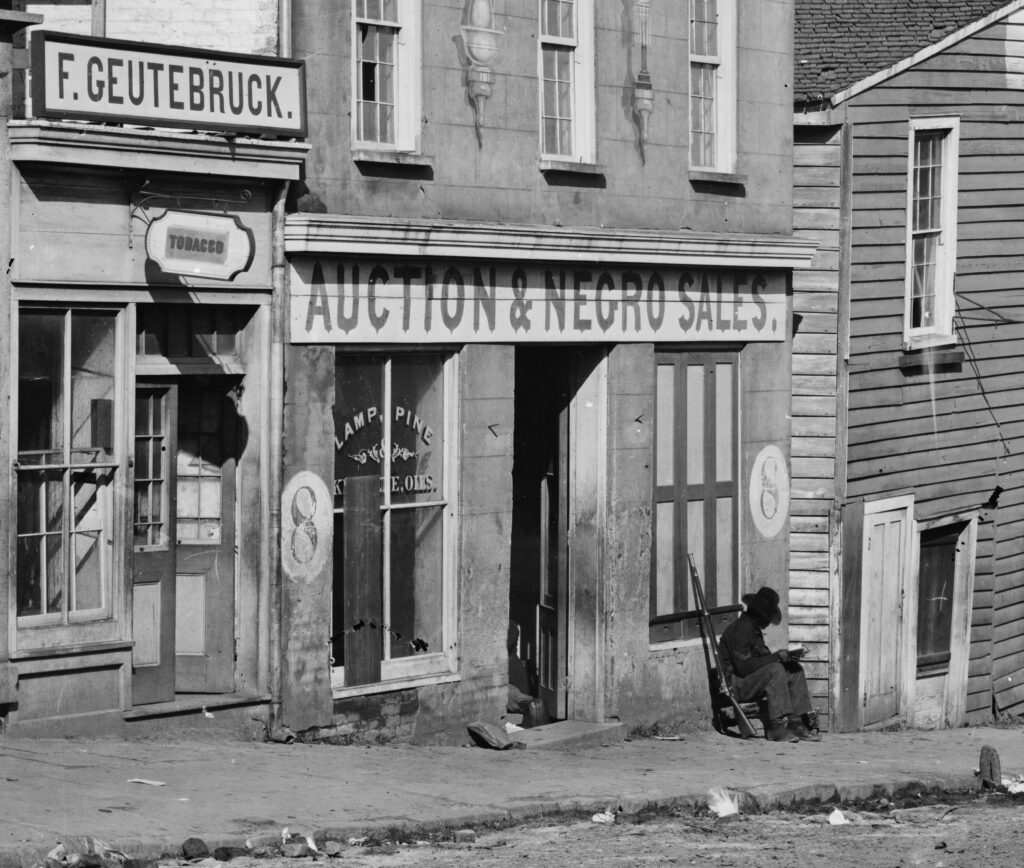
Crawford, Frazer & Co., a slave trading business in Georgia, photographed by George N. Barnard just prior to the 1864 burning of Atlanta during the Civil War
The Three-Fifths Compromise would become irrelevant after the end of the Civil War, as slavery was abolished.
If you like what you have just read, support the Daily Friend

